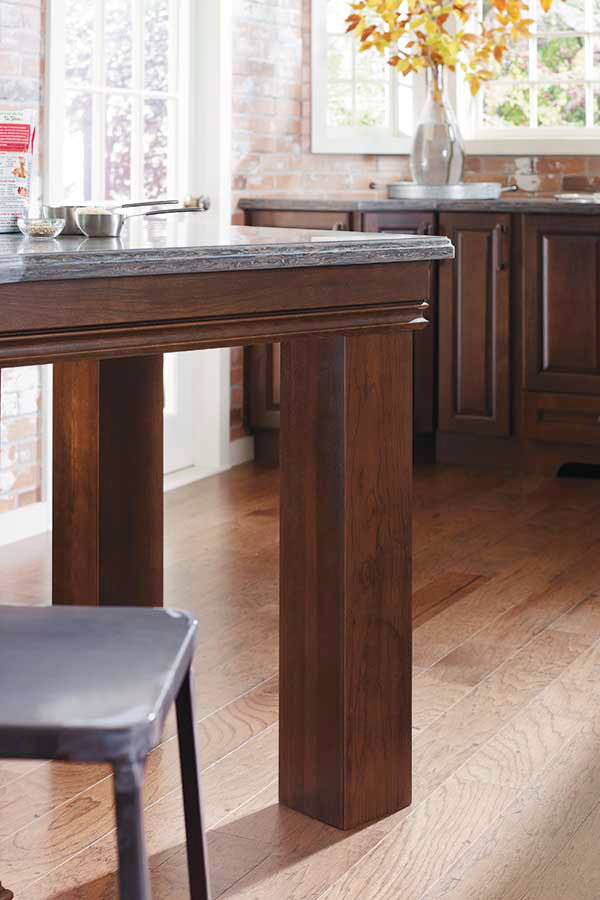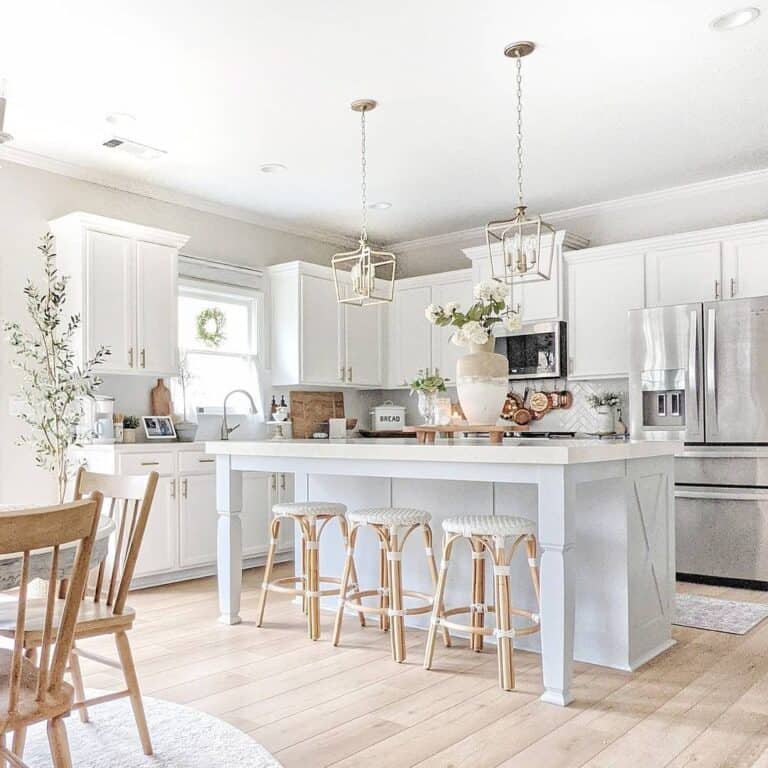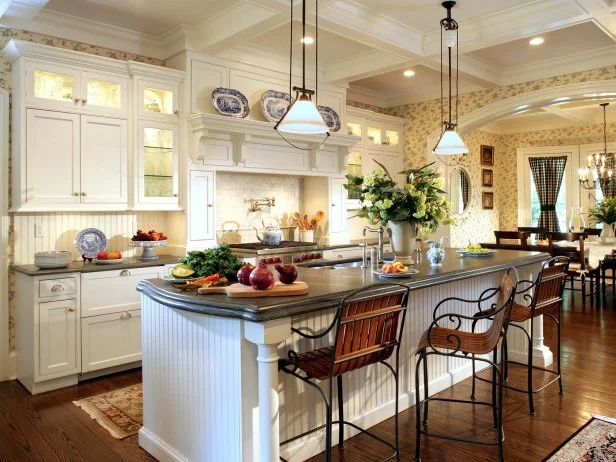Elegant Kitchen Island Legs: Elevate Your Kitchen Design
Elegant Kitchen Island Legs: Elevate Your Kitchen Design
Blog Article
Crucial Tips for Picking the Perfect Table for Your Kitchen Area
Selecting the best dining table for your kitchen area is even more than just an issue of taste; it requires an extensive understanding of your room and requirements. The form of the table plays a critical duty; while rectangular tables match larger areas, round ones foster intimacy, and extendable options provide adaptability. The table should harmonize with your cooking area's aesthetic appeals and suit your family easily.
Measure Your Space
Choosing the ideal table begins with a thorough assessment of your offered room. This foundational step guarantees that the table not just fits comfortably within the space yet also matches the general format and functionality of your eating area. Begin by determining the measurements of the room, thinking about entrances, windows, and any kind of existing furniture. This will aid you identify the optimum allowed dimension for your table.
Think about the flow of movement around the table. It is vital to leave sufficient area for chairs to be taken out and for people to walk around the table without obstruction. A general general rule is to permit a minimum of 36 inches of clearance from the side of the table to the local wall surface or furniture piece. This ensures ease of access and convenience throughout meals.
Furthermore, consider the variety of people you commonly captivate and whether you require additional space for guests. Choosing an extendable table can supply flexibility, permitting you to accommodate differing numbers of restaurants. By accurately determining your room, you lay the foundation for selecting a table that improves both the aesthetic appeals and functionality of your eating area.
Pick the Right Forming

On the other hand, round tables are exceptional for smaller sized kitchens or intimate events, as they advertise conversation by permitting everyone to deal with each various other. They also offer a sense of comfort and can fit well in tighter areas due to their absence of sharp corners. Oblong tables supply the most effective of both worlds, combining the size of rectangular tables with the intimacy of round ones, making them functional for different settings.
Square tables are one more choice, especially fit for square-shaped spaces. They create a in proportion and modern look, promoting an equal dining experience for all seated.
Material Considerations
When choosing an eating table, product factors to consider are extremely important in establishing the table's resilience, maintenance requirements, and general visual. Wood is a timeless selection, supplying classic charm and effectiveness.
Glass-topped tables give a modern-day, smooth look and can make an area appear bigger because of their transparency. They need frequent cleansing to prevent check out here finger prints and spots. Furthermore, toughened up glass is suggested for its added toughness and safety.

Lastly, composite products like MDF (Medium-Density Fiberboard) or plywood are affordable alternatives. These products can simulate the appearance of strong timber yet may not provide the same long life. They are typically simpler to tidy however can be susceptible to water damages otherwise correctly secured.
Eventually, the choice of product ought to straighten with your cooking area's style, your lifestyle requires, and your budget plan constraints. (kitchen island legs)
Seats Capability and Comfort
How do you figure out the ideal seats ability and convenience for your table? This crucial step includes examining both the physical room readily available in your kitchen and your official website household's practical requirements. Begin by determining your kitchen area to ensure the table fits pleasantly, permitting at the very least 36 inches of clearance around it for simple movement. Consider the variety of people who typically eat together, as this will certainly affect the table dimension. For a household of 4, a rectangle-shaped table of 48 inches long or a round table with a 48-inch diameter is typically enough.
The height of the table must ideally be around 30 inches, giving a balanced ergonomic position for seated restaurants. Chairs should have a seat height of 18 to 20 inches to make certain a comfortable eating position.
Design and Looks
Selecting a dining table that fits your design and aesthetics includes stabilizing personal preference with the existing style of your eating space. The table is usually the centerpiece of the kitchen area, and its layout ought to enhance the total motif of the space. Whether your kitchen area boasts a modern-day, minimal look informative post or a rustic, farmhouse charm, the table you choose should harmonize with these elements to create a natural and inviting atmosphere.
Think about products meticulously; timber supplies a timeless charm and can vary from abundant mahogany for a typical aim to lighter oak for a modern feel. Steel and glass tables, on the other hand, can present a streamlined, industrial edge to your kitchen. Don't overlook the table's form-- rectangle-shaped tables are classic and functional, while round and oval options can foster a more intimate dining experience.
Furthermore, pay very close attention to details and finishes. A distressed finish might add character and heat, whereas a shiny surface can add to a clean, modern aesthetic. Eventually, your eating table must not just fit perfectly right into your kitchen's layout yet additionally show your individual design, boosting the room both functionally and aesthetically.
Verdict
In verdict, selecting the suitable dining table for a cooking area necessitates cautious examination of room, shape, product, seating capability, and aesthetic consistency. Ultimately, an appropriate dining table cultivates an inviting ambience and suits the house comfortably, thus boosting the eating experience.

When choosing an eating table, product considerations are paramount in establishing the table's resilience, maintenance demands, and overall aesthetic. For a household of 4, a rectangle-shaped table of 48 inches long or a round table with a 48-inch size is typically enough.
Don't ignore the table's form-- rectangle-shaped tables are versatile and traditional, while round and oblong options can foster a much more intimate eating experience. kitchen island legs.
Report this page